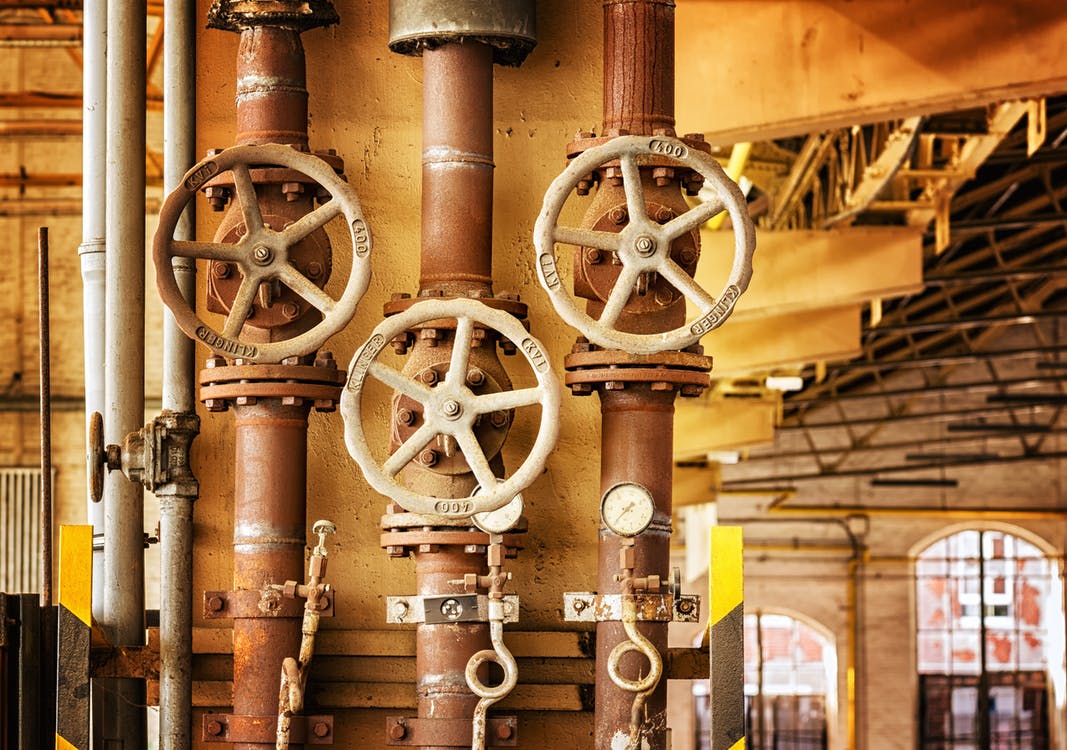A ball valve is a type of shutoff valve in which a rotatable ball within a bore is used to regulate the flow of a liquid or gas through the valve. The medium’s flow through or obstruction is determined by rotating the ball 90 degrees around its axis. Despite the valve sitting idle for extended periods of time, they maintain a reliable seal throughout their service life.
That’s why they’re more common in bigger industries like a medical device injection molding factory, than other types of shutoff valves like gate valves.
Read our breakdown about ball valve maintenance, operations, and assembly to learn more. Regarding handling contaminated media, ball valves fare better than their counterparts. You will learn this in the following paragraphs:
The Theory Behind How A Ball Valve Operates
The five major ball valve parts and two forms of operation are essential to comprehend how a ball valve works. The ball is moved manually or automatically by the valve stem (electrically or pneumatically).
The O-rings surrounding the valve stem keep the ball in place and prevent leaks, while the ball valve seat holds the ball in place and seals it. Each and everyone can be found inside the valve housing.
There is a hole all the way through the ball. Turning the stem of the valve a quarter of a turn either allows media to flow through or stops the flow of media.
Features That Make Up a Ball Valve
Here are the primary parts that make up a ball valve:
1 Valve Stem
Turning the external lever causes the internal ball to revolve, and the valve stem is the rotary shaft connecting the two.
2 O-ring
The O-ring is used to seal the valve’s stem to the housing. The O-ring is often made of NBR (Nitrile rubber), a popular rubber.
3 Valve Housing
The valve’s housing shields the valve’s interior workings and provides access to the valve’s inlet and outflow ports. The most prevalent building materials are brass, stainless steel, and polyvinyl chloride. One-piece, two-piece, or three-piece designs are all possible for the valve housing.
4 Rotary Ball
The spherical rotary ball with a bore controls the media flow through the pipe and can either open or close the flow. As a rule, they are manufactured using stainless steel, PVC, chrome-plated steel, or chrome-plated brass.
Based on the construction and support system, the ball is classified as either a floating ball or a trunnion ball.
5 Valve Seats
The seat of a valve is where the ball rests within the valve, preventing leaks between the two. Teflon is the material of choice for most chairs, but other synthetics and metals are also viable options.
Major Applications
In the water and gas industries, ball valves are a standard fixture. Some of the other applications are also discussed below:
Water
Ball valves are commonly used in the water industry to regulate both flow and pressure. The valve’s WRAS, KIWA, or DVGW certification is necessary for use with potable water.
Gas
Ball valves can be utilized with gases as well. They are used in commercial and domestic settings with natural gases, liquefied petroleum gases, produced gases, and air.
Others
There is a wide variety of applications for ball valves. These include, but are not limited to, corrosive media and cryogenics, as well as the chemical, oil & gas, pharmaceutical firms, classic car parts suppliers, food processing, HVAC, and sanitary industries.
Ball valves have several applications in industry and everyday life. As long as the materials used for the valve components are chosen with the media type in mind, they can be used efficiently with a wide variety of media, such as liquids, gases, chemicals, drinkable water, fuels, and food and beverages.
Different Varieties of Ball Valves
Ball valves can be classified in numerous ways. The fluid they control or the nature of their internal design features are just two examples of how valves can be classified.
Others include the material used in their construction (typically the material of the valve body), the construction of the valve body, the configuration of the valve, and so on.
Ball valves can be separated by the material used to make the valve body, with the following categories emerging:
- Brass ball valves
- Stainless steel ball valves
- Ball-shaped plastic valves (includes PVC and other polymers such as polypropylene and PVDF)
- Bronze ball valves
- Cast iron ball valves
- Steel ball valves
When considering ball valves from the angle of valve body structure, we find the following classifications:
- Split-body ball valves
- Top-entry ball valves
- End-entry ball valves
- One-piece ball valves
- Two-piece ball valves
- Three-piece ball valves
Ball valves can also be classified based on their valve configuration. The most typical valve arrangement is an inline design with a 2-way ball valve, where the valve body is located directly in the flow of the piping system. In the context of service shutdown, these are the tools of choice.
Ball valves in 3, 4, and 5-way configurations are also on the market. Three-way designs come in an “L” or “T” shape and are used to split fluid flow between two outlets or to combine or split it.
Conclusion
Many benefits can be gained by using ball valves. Compared to other valve types like globe or gate valves, they are simple to use, open and close rapidly, and come in multi-port configurations.
Also, they’re less expensive and take up less space than other valve types. They are sturdy machines with a lengthy lifespan. Further, they may require less force to operate than comparable valves.



